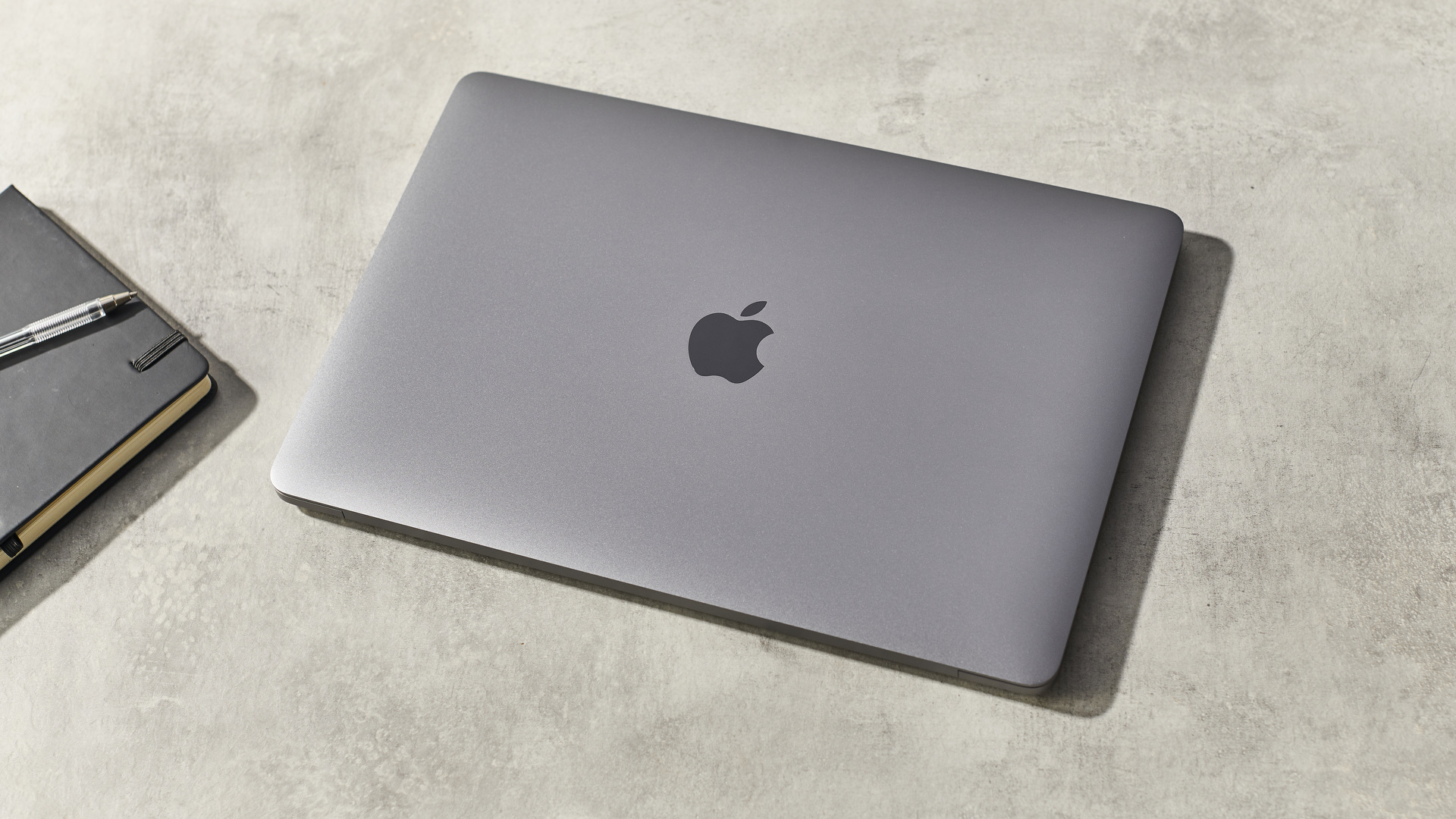Apple MacBooks could get a nifty trick to keep them cooler (and slimmer)
Patent describes an extendable stand (or feet) to lift the laptop and allow better cooling

Future MacBooks could potentially use a system of deployable feet (or a stand) to raise up the laptop when it’s on a surface, allowing for improved cooling underneath, theoretically perhaps enabling the device to use slightly less bulky cooling components inside (and therefore potentially stay slimmer).
This is a design avenue which Apple is currently exploring according to a new patent, as highlighted by Patently Apple (but as ever, patented technology may remain purely experimental, and never actually be used in a finished MacBook).
- All the best Macs to buy
- Browse the best cheap MacBook Pro deals
- Check out all the best laptops around
The idea is for deployable feet which can be extended from the base of the laptop, thereby raising the underside of the machine off the surface it’s on, and allowing air to circulate underneath for improved cooling. A bit like the designs seen on some of the best laptop cooling pads out there, of course.
The patent (filed at the US Patent & Trademark Office) describes a system that would raise the MacBook at least 3.8mm up at the rear. The deployment of the feet or stand could be tied to sensors in the notebook and happen automatically when the MacBook is working hard and internal temperatures are rising.
Hidden ports
In some of the implementations shown, the stand which extends from the underside of the MacBook could also have ports built into it for extra connectivity. Another idea is to have the deployable stand (or feet) mechanically connected to the laptop lid, so it extends when the portable is opened (a concept already seen in some Asus notebooks).
A further possibility is that the extending stand could also have a vent built into it for extra cooling on top. As ever with patents, a lot of different variations and design ideas are described, but they all revolve around some kind of either automatically or manually deployable stand or feet.
Who knows if we’ll ever actually see this kind of design in an Apple MacBook, but one of the possible downsides could be that it’s a further series of mechanisms with the potential to go wrong.
Get daily insight, inspiration and deals in your inbox
Sign up for breaking news, reviews, opinion, top tech deals, and more.
Also, such a system may introduce more ways for dust (or other debris) to get into the laptop internals, although the patent does describe a “seal or protective cover” to ensure that any gaps caused by the opening of the stand don’t have such side-effects.
- Check out some more top MacBook Air deals
Via MacRumors
Darren is a freelancer writing news and features for TechRadar (and occasionally T3) across a broad range of computing topics including CPUs, GPUs, various other hardware, VPNs, antivirus and more. He has written about tech for the best part of three decades, and writes books in his spare time (his debut novel - 'I Know What You Did Last Supper' - was published by Hachette UK in 2013).